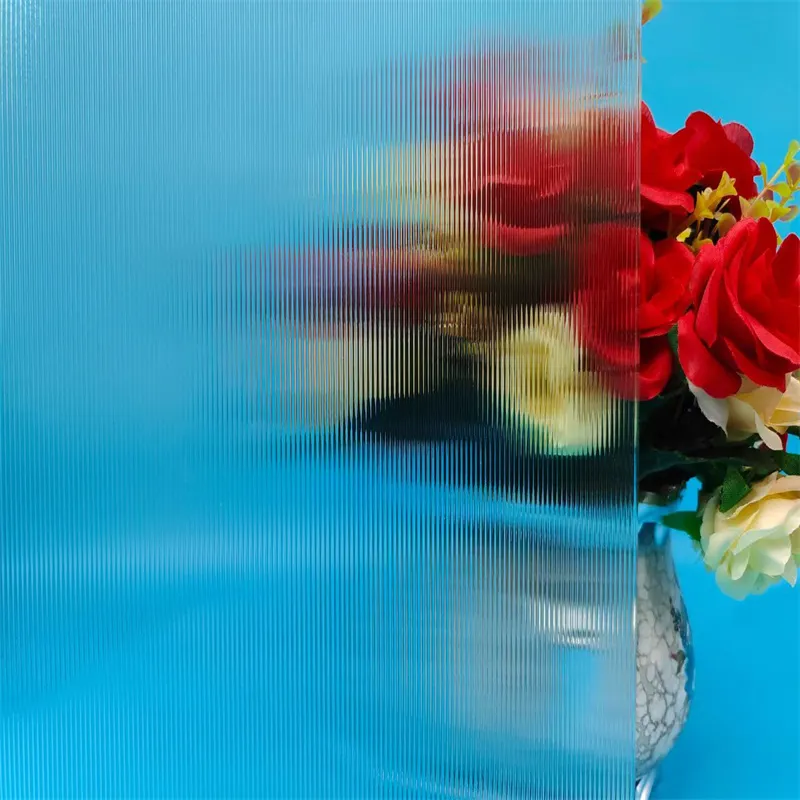Nov . 30, 2024 05:05 Back to list
Understanding 6.38% Translucent Laminated Glass and Its Applications in Design and Architecture
Understanding 6.38% Translucent Laminated Glass Features, Benefits, and Applications
In the realm of architectural design and construction, the materials we choose significantly influence the aesthetics, functionality, and safety of our structures. Among these, 6.38% translucent laminated glass has gained prominence for its unique characteristics and versatile applications. This article delves into the details of this remarkable material, exploring its features, benefits, and various uses in contemporary architecture.
What is Translucent Laminated Glass?
Translucent laminated glass is a type of safety glass that consists of two or more layers of glass bonded together with an interlayer, often made of polyvinyl butyral (PVB) or a similar material. The “6.38%” designation indicates the thickness of the glass, which typically refers to the thickness of the laminated glass overall. This particular thickness strikes a balance between strength and weight, making it ideal for a wide range of applications.
The translucency of this glass allows it to diffuse light effectively while providing privacy. This quality makes it an excellent choice for environments where natural light is desired without direct visibility, such as in offices, conference rooms, or residential spaces.
Key Features
1. Safety and Security One of the primary benefits of laminated glass is its safety features. If shattered, the interlayer holds the fragments together, reducing the risk of injury from sharp glass shards. This makes it suitable for high-traffic areas and work environments.
2. Sound Insulation Translucent laminated glass is effective in providing sound insulation due to its multi-layered composition. It can significantly reduce noise transmission, creating a more peaceful environment within buildings, which is particularly beneficial in urban settings.
3. UV Protection The laminated interlayer typically blocks a significant portion of harmful ultraviolet (UV) rays, protecting interior furnishings from fading and prolonging their lifespan.
4. Aesthetic Appeal The smooth finish and soft light diffusion create a visually pleasing environment. The translucent quality can enhance the overall design of a space, allowing for artistic expressions through custom designs, patterns, or colors incorporated into the glass.
Benefits of Using 6.38% Translucent Laminated Glass
6.38 translucent laminated glass

1. Versatility This type of glass can be utilized in various settings, including residential, commercial, and industrial projects. Its adaptable nature allows architects and designers to employ it in windows, partitions, skylights, and even decorative elements.
2. Energy Efficiency By allowing natural light to penetrate while controlling heat transfer, translucent laminated glass contributes to energy efficiency. It reduces the reliance on artificial lighting during the day, thereby lowering energy costs and minimizing environmental impact.
3. Improved Privacy The translucent nature of this glass ensures that spaces remain private while still being well-lit. This quality makes it particularly popular in healthcare facilities, educational institutions, and corporate offices, where maintaining privacy is crucial.
4. Ease of Maintenance Laminated glass generally requires minimal maintenance compared to traditional glass. Its durable nature and resistance to scratches mean that it maintains its appearance over time without extensive upkeep.
Applications in Architecture
1. Commercial Buildings In office spaces, translucent laminated glass can be used for internal partitions to create open and airy environments while ensuring confidentiality in meeting rooms and executive offices.
2. Residential Design Homeowners increasingly opt for this glass in spaces like bathrooms and kitchens where light is essential, yet privacy is paramount. It can also be used in balustrades and staircases, enhancing safety without compromising on elegance.
3. Public Spaces Museums, galleries, and healthcare facilities utilize this glass to design welcoming environments that invite light while protecting the exhibition items or providing patient confidentiality, respectively.
4. Educational Institutions Classrooms and libraries benefit from the balance of light and privacy that translucent laminated glass affords, fostering an environment conducive to learning.
In conclusion, 6.38% translucent laminated glass offers a perfect combination of safety, aesthetics, and functionality. Its growing popularity in the architecture and construction industries underscores its importance as a material that enhances the quality of life in our built environments. As architects and designers continue to explore innovative ways to incorporate this versatile glass, we can expect to see even more creative applications that redefine the boundaries of modern design.
-
Safety and Style with Premium Laminated Glass Solutions
NewsJun.24,2025
-
Reinvents Security with Premium Wired Glass
NewsJun.24,2025
-
Premium Float Glass Line for Modern Architecture
NewsJun.24,2025
-
Low Emissivity Glass for Energy-Efficient Architecture
NewsJun.24,2025
-
High-Performance Insulated Glass Solutions for Modern Architecture
NewsJun.24,2025
-
Elevates Interior Style with Premium Silver Mirror
NewsJun.24,2025
Related PRODUCTS














